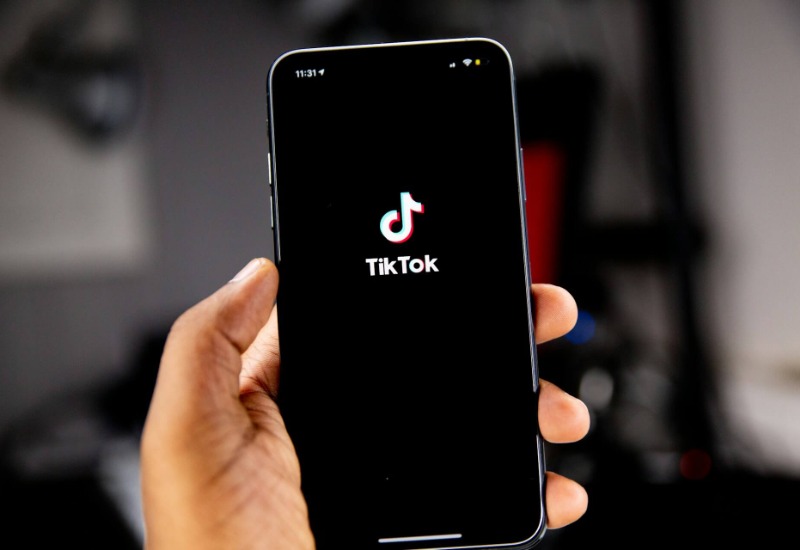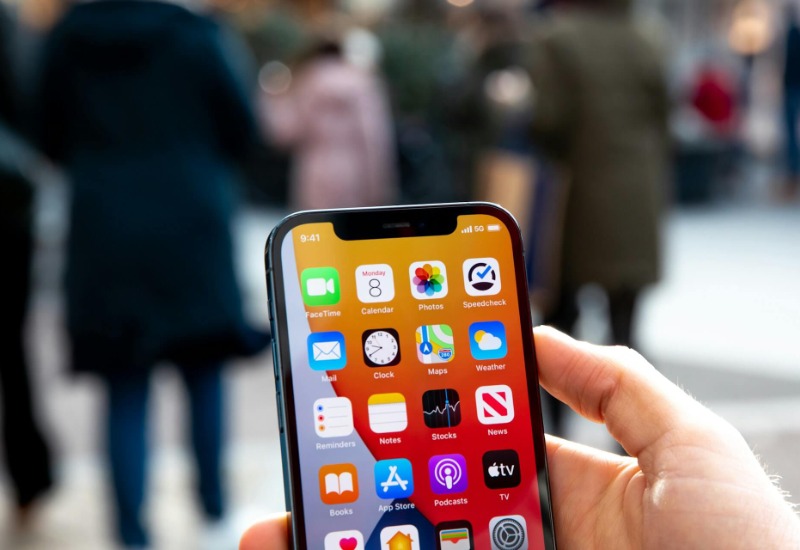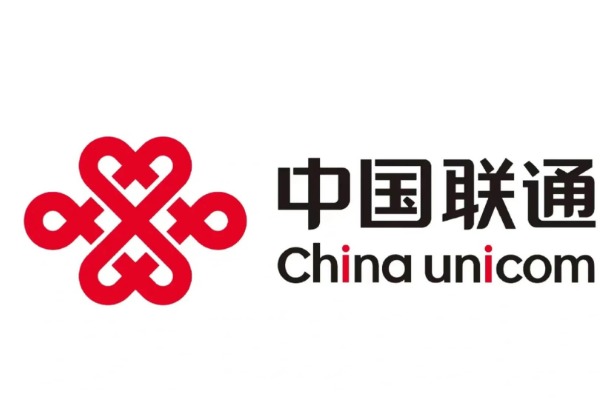How to Access International Networks in China

1. What internet issues might first-time travelers encounter in China?
1) Unable to access international networks
First-time visitors to mainland China will find that they can’t use Western apps like Google, Facebook, Instagram, YouTube, Twitter, and WhatsApp after turning on their phones.
There are two main reasons:
- Many Western apps, such as Twitter and Facebook, have their servers located in the U.S., where user data and personal information are stored. This makes it difficult for China to effectively regulate them. The same approach applies to TikTok; the international version is also unavailable in mainland China.
- It is challenging to moderate content on these Western platforms to ensure compliance with Chinese laws and regulations. These measures also aim to protect minors from harmful content.

2) Unable to use common apps in China
If you want to shop, take the subway, hail a ride, or buy tickets in China, you can’t do without Chinese apps like Alipay, Didi, and WeChat.
By 2024, mobile payment adoption in China reached 86%, the highest in the world. In China, almost everything—from buying a bottle of water to dining out and booking hotels—requires digital payment. If you randomly pick people on the streets of Chinese cities, you’ll find it hard to spot anyone with cash. Even beggars in China have QR codes to receive donations; without one, it’s difficult for them to get help. Most people keep their money in mobile apps and rarely carry cash. Credit card payments account for only 18% of the payment market in China, making it hard to use credit cards except at chain convenience stores or supermarkets. Most transactions are done via mobile apps.
In addition to shopping, people in China also use apps for taking the subway, buses, rides, and booking hotels. Without these apps, your travel in China will be quite challenging.

2. How can you access Western apps normally while traveling in China?
To solve internet issues while traveling in China, there are four main solutions. Here are some practical tips summarized by china-travelguide.com. If you plan to stay in China for less than 7 days, we recommend using options 1 or 2. If you’re staying for more than 7 days and exploring deeply, we suggest using both options 3 and 4.
1) Data Roaming
You can enable international roaming through the AT&T website for about $12 per day. Once activated, you can use apps like Google, Instagram, Facebook, and YouTube normally in mainland China, without needing to buy a VPN or eSIM. However, this option is the most expensive among the four solutions.
2) eSIM
If your trip to China is only 3 to 7 days, and you don’t want to spend time getting a Chinese SIM card or pay high data roaming fees, purchasing an eSIM is the best option.
① What is eSIM?
The functionality of eSIM is nearly the same as that of a traditional physical SIM card. The difference is that a physical SIM card is a tangible card that needs to be inserted and removed via a SIM slot, while eSIM doesn’t require this; it can be added through the network. Typically, users only need to purchase a plan from the eSIM provider’s website, download the app, and configure their phone to enable international roaming.
② What are the main eSIM providers?
- Nomad (Learn more about Nomad eSIM)
- Airalo (Learn more about Airalo eSIM)
- Textr (Learn more about Textr eSIM)

3) China Travel SIM Card
If you want to explore China in depth, especially in remote areas, it’s best to get a Chinese SIM card. Most apps in China require a Chinese phone number for registration; for instance, the popular messaging app WeChat needs a Chinese number to sign up, and WeChat Pay requires a Chinese bank card to link. In terms of signal quality, using a Chinese SIM card provides the best network performance, particularly in remote areas, where the signal strength is better than that of eSIM or international roaming. However, note that Chinese SIM cards cannot access Western apps directly, so you’ll also need to purchase a VPN separately (see option 4).
China Travel SIM cards cannot be obtained online; they must be purchased at physical carrier stores. There are two main ways to get one:
① Internet Service Provider Counters at the Airport
When you arrive at a Chinese airport, you’ll find stores for Chinese SIM card providers, and most staff communicate in English. You can visit these counters after disembarking. These counters typically offer short-term travel SIM cards for China. The process usually takes about an hour, and you’ll need to present your passport and other necessary information.
China has three major operators: China Mobile, China Telecom, and China Unicom. Here are the logos of these three providers, which you can look for in the airport terminal for assistance.



② Internet Service Provider Counters Outside the Airport
If you forget to get a Chinese SIM card at the airport, you can search for nearby internet provider stores (like China Mobile, China Telecom, or China Unicom) on your map. However, at stores outside the airport, you might encounter staff who don’t speak English, which could complicate the process. Therefore, I recommend getting your SIM card at the airport’s SIM card counters.
If you meet a staff member who doesn’t speak English, here are some useful Chinese phrases we’ve compiled that you can show them to communicate your needs. (You can save the following image on your phone just in case you need it.)
4) VPN
Without a VPN, a standalone Chinese SIM card cannot access Western apps. Additionally, if you want to use Wi-Fi in China, you’ll also need a VPN to access Western software. A popular VPN among travelers in China is Astrill. (Learn more about Astrill)





